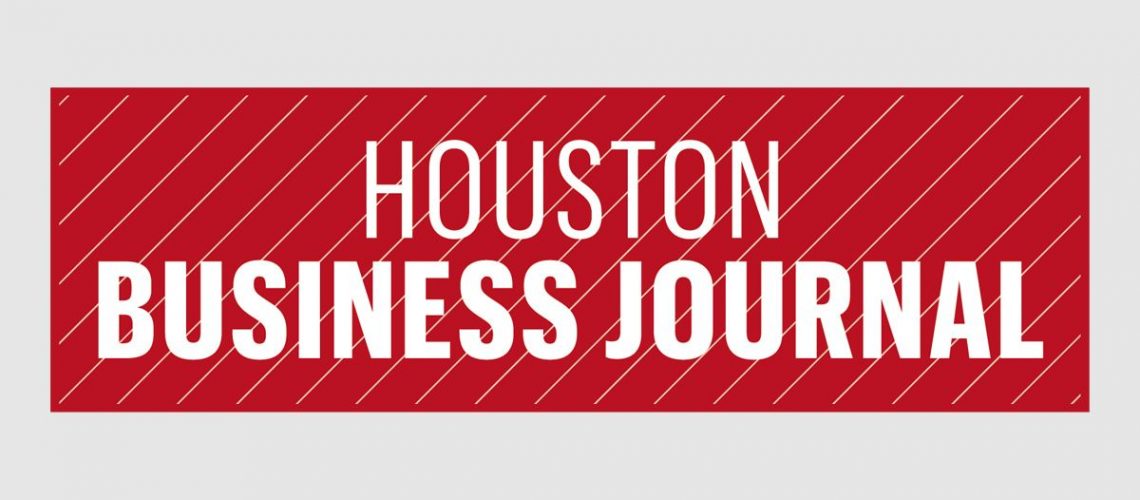By: Katie Mehnert
Originally published in Forbes
The gender gap. Wage inequality. The glass ceiling. They’re all terms you’ve heard time and time again. And, after the recent American election, they’ve become the topic of many household dinner conversations across the globe.
No, the gender gap isn’t a newfound phenomenon. It’s something that’s existed ever since women decided to venture away from traditional positions as housewives, teachers, nurses, and secretaries decades ago.
I won’t deny the fact that we’ve made progress. Today, women are making names for themselves in industries where they were previously totally unrepresented—or even wholly unwelcome.
I’ve spoken with (and worked alongside) many of these very women worldwide in the energy sector —including one who worked as the sole female on an oil rig with as many as 180 men. Experiencing their inspiring stories makes me incredibly proud of the strides we’ve achieved so far. But, while we’ve climbed the stairs, we haven’t yet quite busted the ceiling.
The Oil and Gas Industry: A Major Pay Gap
Despite our steps in the right direction, there are still numerous different industries that haven’t quite earned their badge of equality. Many industries, including finance, transportation, agriculture, and manufacturing, still have a way to go.
Yes, they’ve brought more female employees through their doors in the effort to create a more diverse workforce. But, the paychecks tell a different story—one of inequality that still runs rampant.
However, of all of these industries, oil and gas is still the one with the most glaring inequality issue. According to recent data compiled by Payscale, my industry has a controlled pay gap (meaning similar men and women working very similar jobs) of -7.4% for women. That number is far higher than any other industry. For comparison, the next closest industry was transportation and warehousing, with a controlled pay gap of -4.9% for women.
In this industry, the median pay for a male worker is $75,800, while the controlled female wage is $70,200. The picture becomes even less rosy when you take a look at the uncontrolled female median pay—which is significantly lower at $58,500.
“But, women can't possibly expect to earn the same amount when they haven't been in the industry as long!"
That's an argument you'll hear time and time again...
And, yes, there’s legitimacy to the argument that salaries should be awarded on merit, and not necessarily gender or diversity quotas.
However, the fear is that we’ll rest on this argument forever. Yes, women got a late start in the workforce—particularly in these industries—but, that’s never going to change. We can’t rewind time and rewrite history. So, we just can’t afford to spit out that excuse as solid justification for women earning less than men working the very same jobs.
Transforming the C-Suite to the She-Suite
But, that phrase alone—”very same jobs”—is a problem in and of itself. Why? Well, to put things simply, because women aren’t working the very same jobs as their male counterparts because they have a much tougher time earning that right and opportunity.
According to the World Economic Forum, in the oil and gas industry, the participation of women in the workforce remains below 20%. But, when you look at the senior level positions? It’s a measly 10-15%. This suggests a serious pipeline issue and it needs to be addressed, especially if we want to solve big challenges like climate and access to energy. Women are going to be game-changers.
So, we find ourselves stuck in this vicious cycle—this ceaseless catch-22 of gender inequality. It’s argued that women shouldn’t make as much as their male counterparts because the male counterparts work in higher ranking jobs. Women have a significant barrier to entry in those executive-level jobs—meaning they’re stuck with the reasoning that they don’t deserve to be earning as much.
It’s a significant problem and one that deserves immediate addressing.
How Do We Move Forward?
These facts and numbers are disheartening. And, it leaves us with one major question: Where do we go from here? When there’s room for so much change in the industry, how do we move forward?
I think that we can all agree that—when it comes to closing the gender gap in the oil and gas industry—we need less talk and more action. And, that’s exactly what many big players are teaming up to do, including Pink Petro.
At the beginning of this year, the World Economic Forum published a call to action for the oil and gas industry to come together and work toward closing the gender gap. This call to action has received astounding support, and was signed off on and endorsed by 22 CEOs at the largest global forum.
We are responding to this call to action working with industry executives, academia, and key professional associations to take measurable action both in the workforce and in the supply chain. After all, women in businesses that supply the energy sector are a part of the solution, too.
Measuring stats is a first step, but we have to do something to make those stats meaningful.
Change doesn’t happen overnight. It requires patience and persistence and it requires a long-term view. But, the gender gap in a critical industry like energy is a conversation worth having and a cause worth pursuing, and it's a fight I won’t give up on. My daughter Ally and her generation are depending on it.
Katie Mehnert is the CEO of Pink Petro, a global community aimed at disrupting the gender gap in energy. She’s a former Health, Safety and Environment leader at BP and Shell and a Top 40 under 40 entrepreneur.
Ellevate Network is a global women’s network: the essential resource for professional women who create, inspire and lead. Together, we #InvestInWomen.


